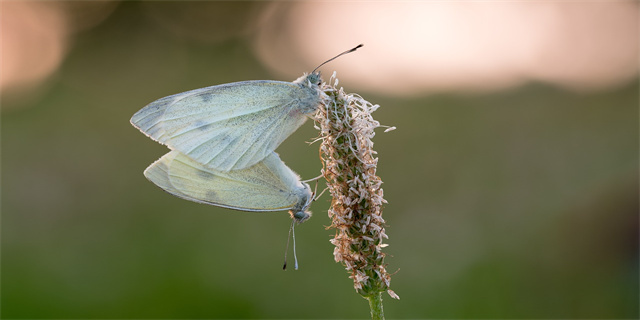Exploring the World of Molds and Yeasts
Introduction:
Molds and yeasts are two of the most prominent types of fungi found in the world. Both are vital in decomposing organic matter and helping plants grow. Despite their similarities, they have unique characteristics that set them apart from one another. In this article, we will explore the world of molds and yeasts, their differences, and their significance in our lives.
Molds: The Good, the Bad, and the Ugly

Molds are diverse group of fungi that thrive in warm and damp environments. They come in many shapes, sizes, and colors, from fuzzy white patches to green and black spots. While molds play a crucial role in breaking down organic matter, some molds are harmful to humans, animals, and plants. For example, the infamous black mold, Stachybotrys chartarum, produces toxins that can cause serious respiratory problems. In contrast, some molds can be beneficial to humans. Penicillium, for instance, is used to make antibiotics that fight off bacterial infections. Other molds are used to flavor and preserve our food, such as blue cheese.
Yeasts: The Unsung Heroes of Bread and Beer
Yeasts are single-celled fungi that aid in the fermentation of food and drink. They are everywhere, from the air we breathe to our skin and digestive tract. Yeasts thrive in moist environments, making them ideal for brewing beer, wine, and making bread rise. There are many different types of yeast, each responsible for producing a unique flavor and aroma in fermented foods. For example, Saccharomyces cerevisiae is commonly used in baking and brewing for its ability to convert sugars into carbon dioxide and alcohol.
The Importance of Molds and Yeasts in Our Environment

Molds and yeasts play a vital role in our environment by breaking down organic matter, enriching the soil, and producing food and medicine. In fact, some researchers argue that fungi may hold the key to solving the world's pressing environmental issues. For instance, mycoremediation, the use of fungi to clean up toxic waste, has been shown to be effective in removing pollutants such as heavy metals and oil spills from the environment. Additionally, some fungi have antibacterial and antiviral capabilities that can be used to combat diseases.
In conclusion, molds and yeasts are fascinating fungi that are essential to our lives. While molds can be harmful to our health, they also have beneficial uses, such as producing medicine and improving the taste and texture of food. Yeasts, on the other hand, are responsible for the fermentation process that gives us bread and beer. By understanding the significance of molds and yeasts in our environment, we can appreciate the valuable roles they play and work towards harnessing their power to improve our world.












